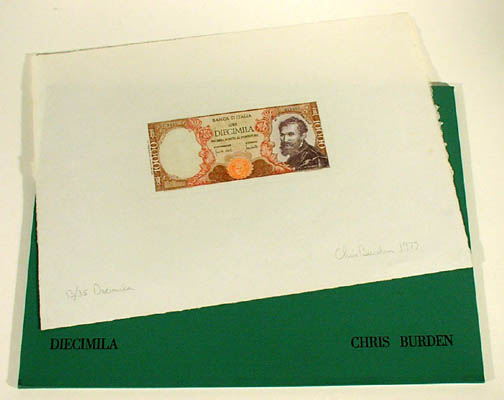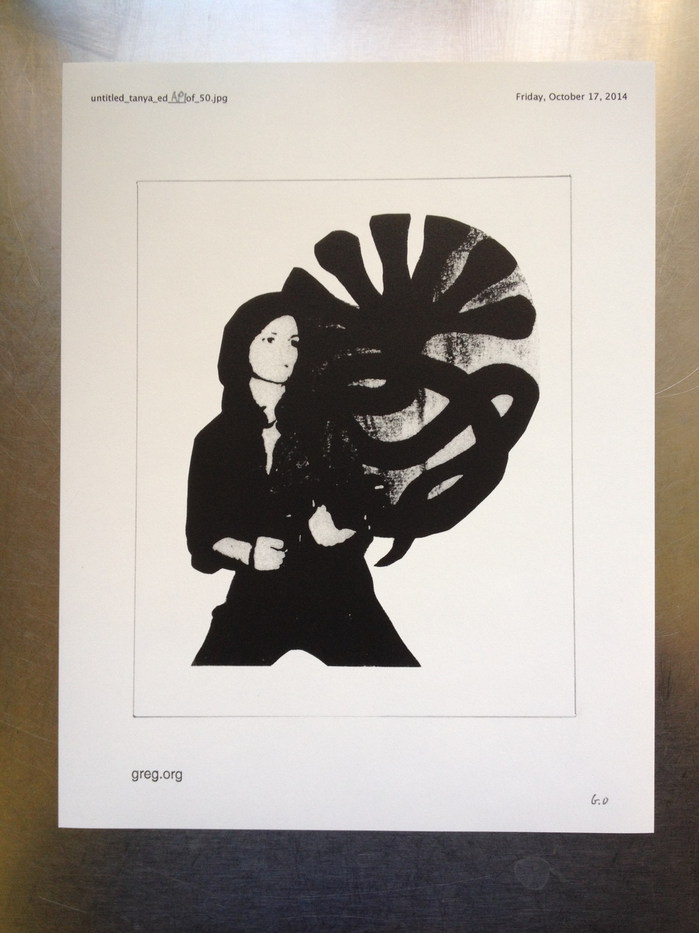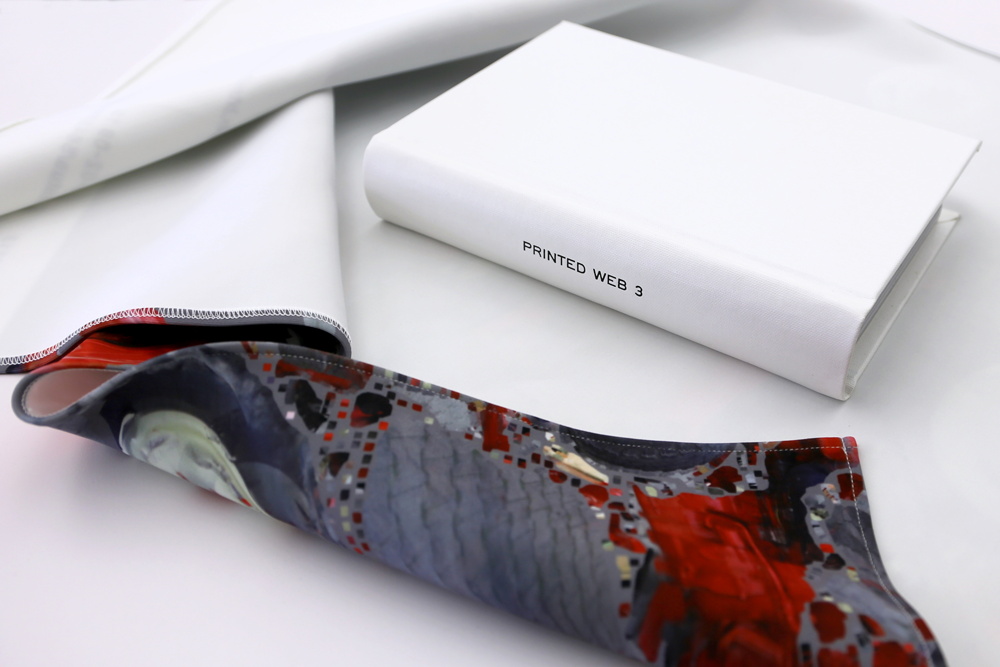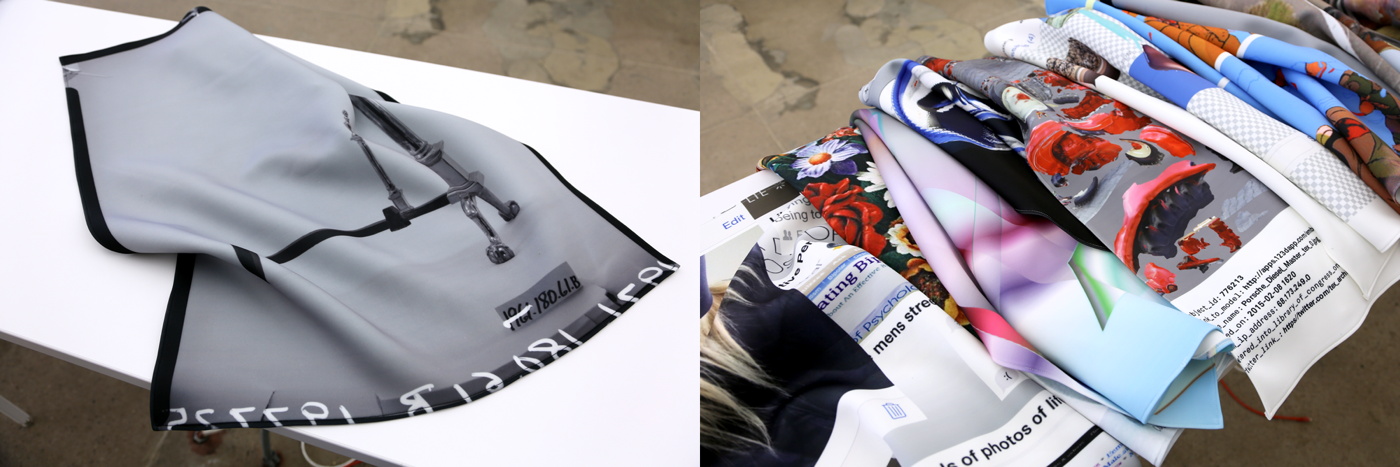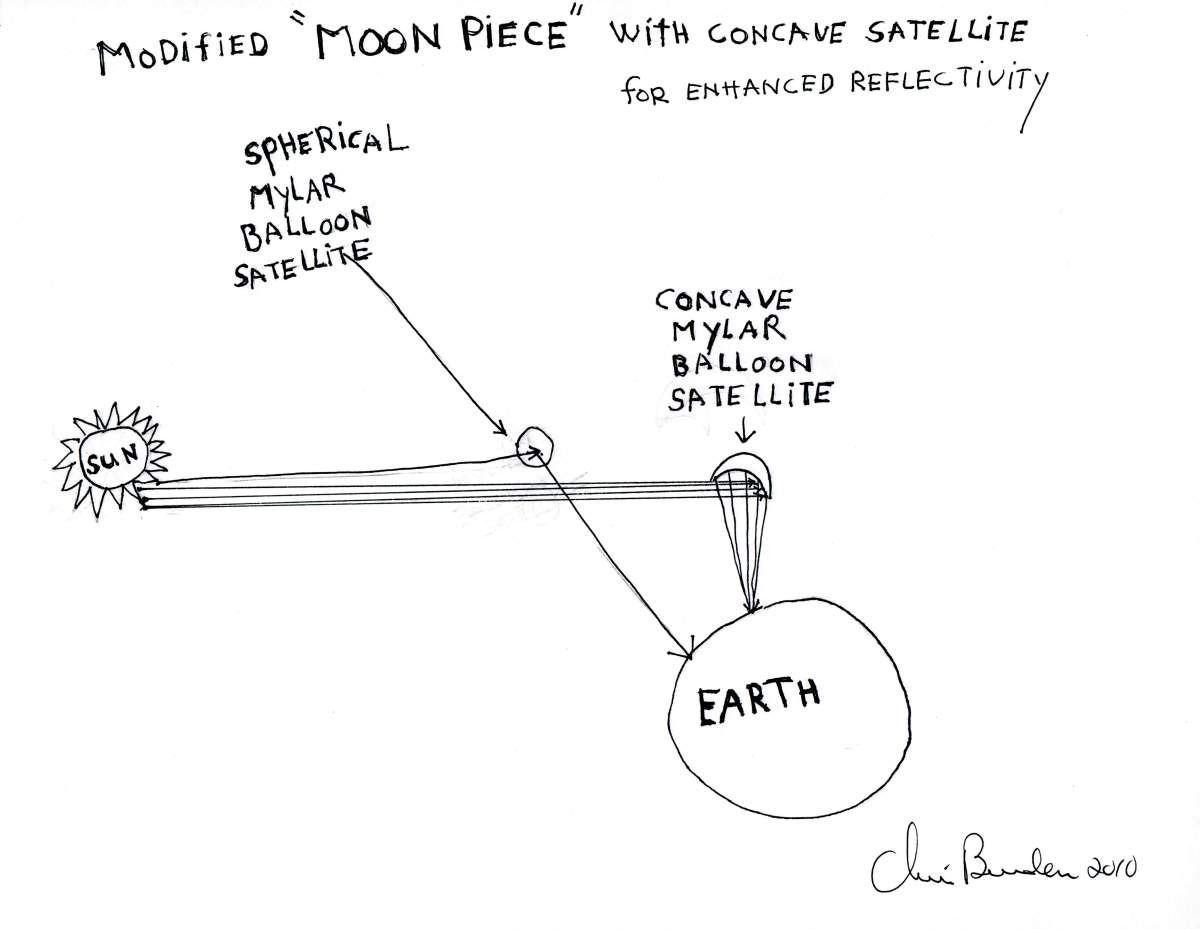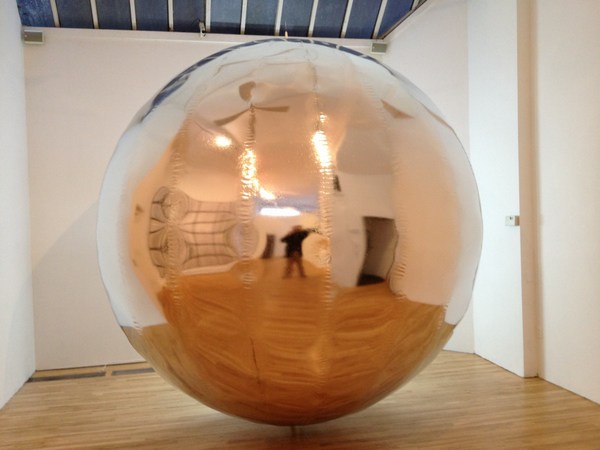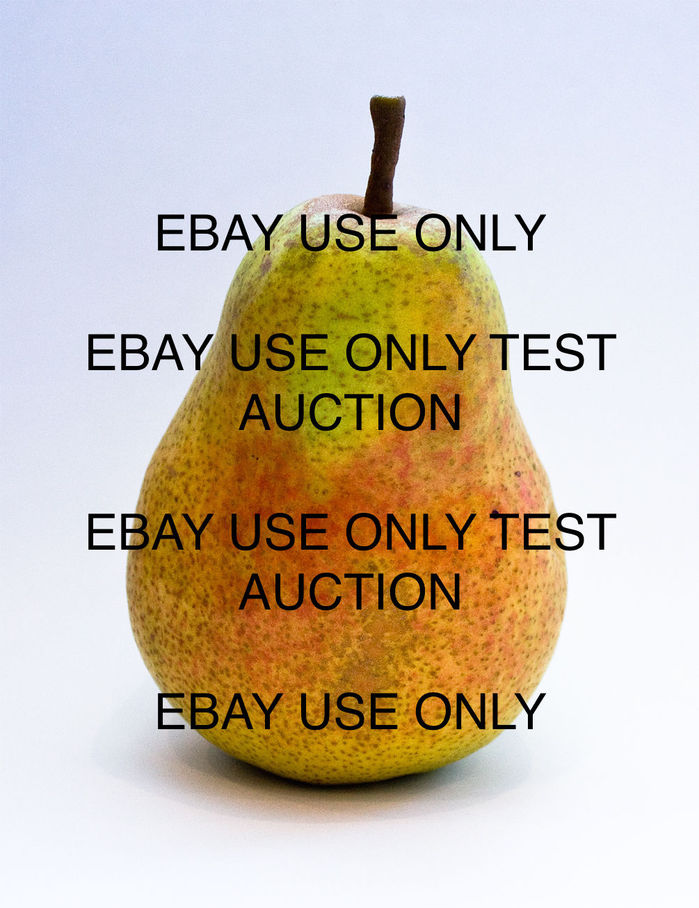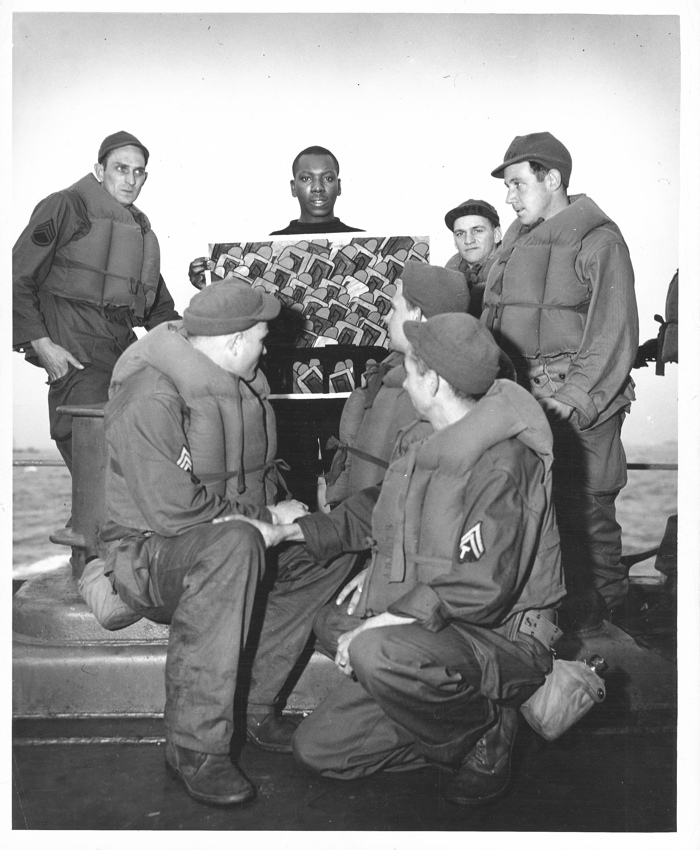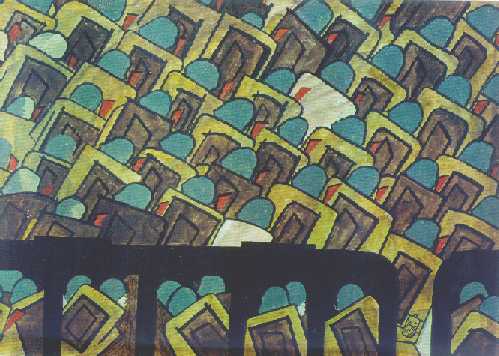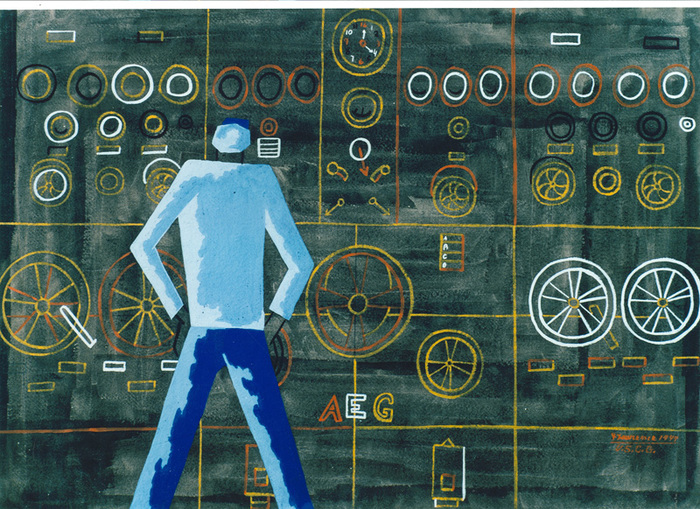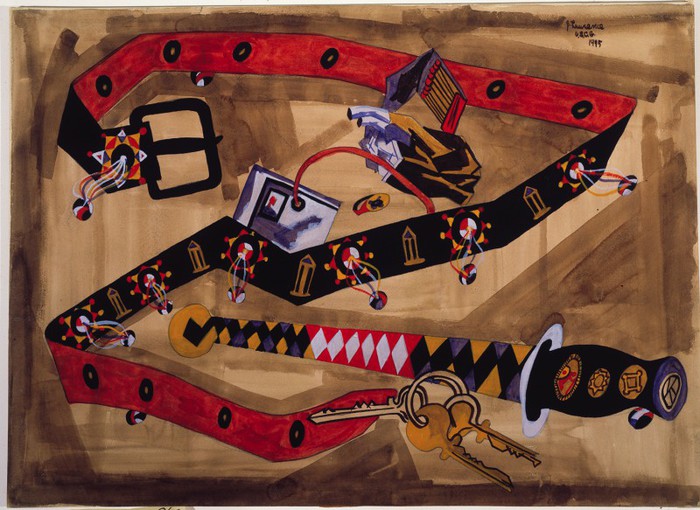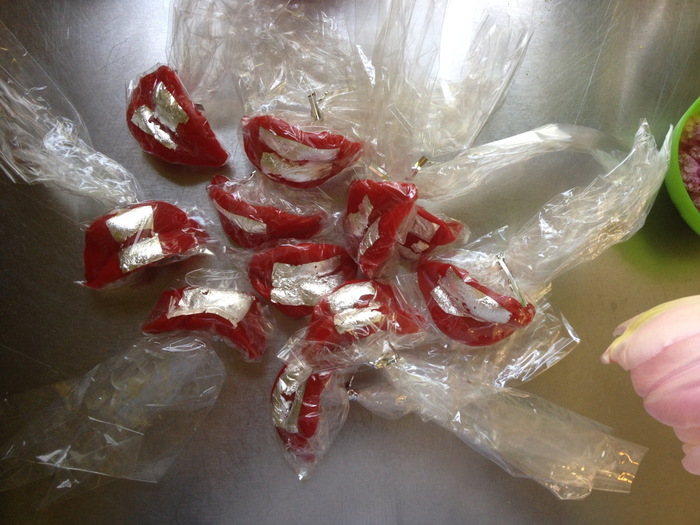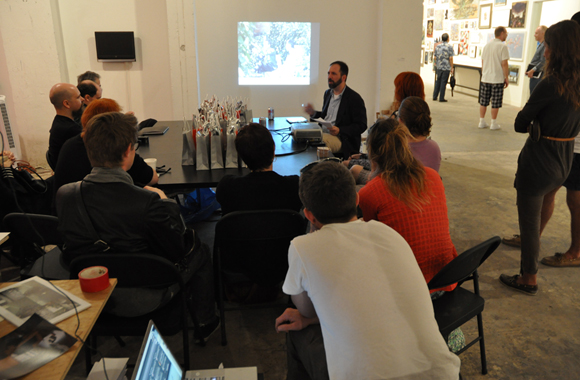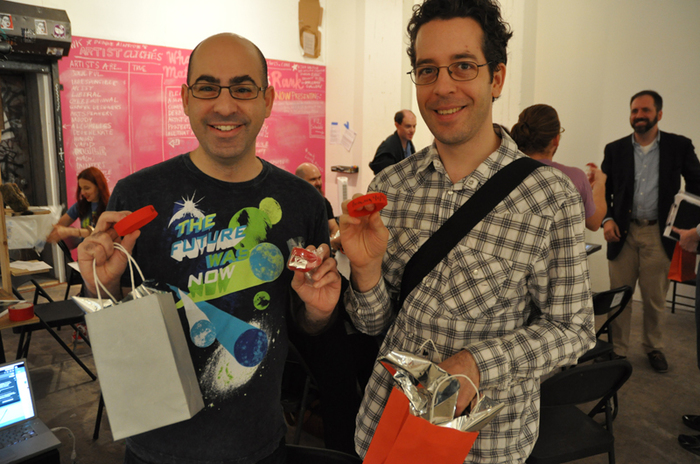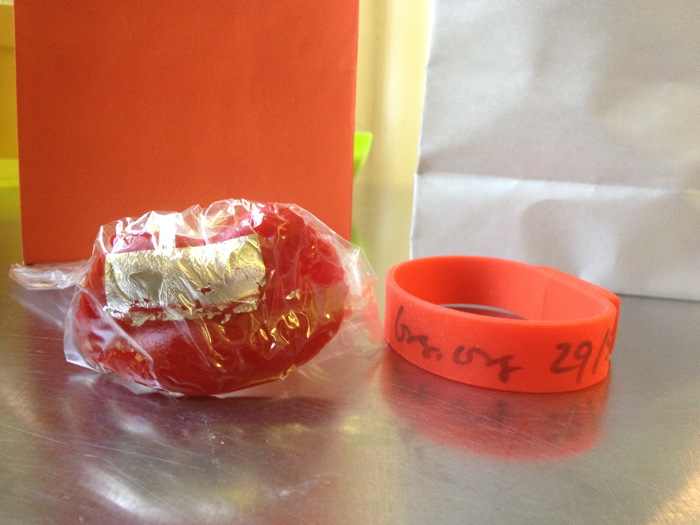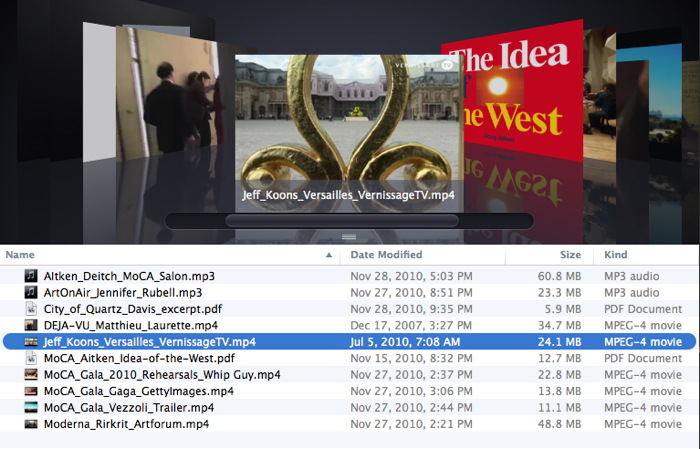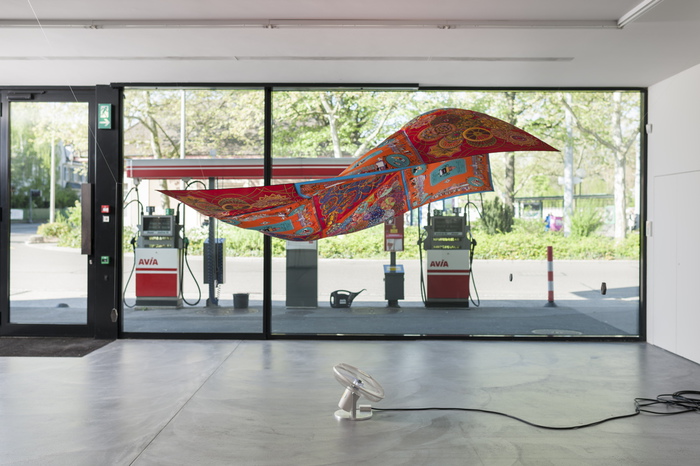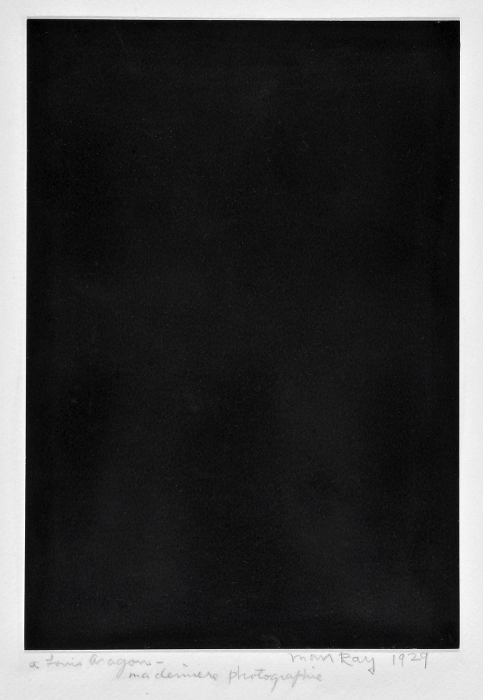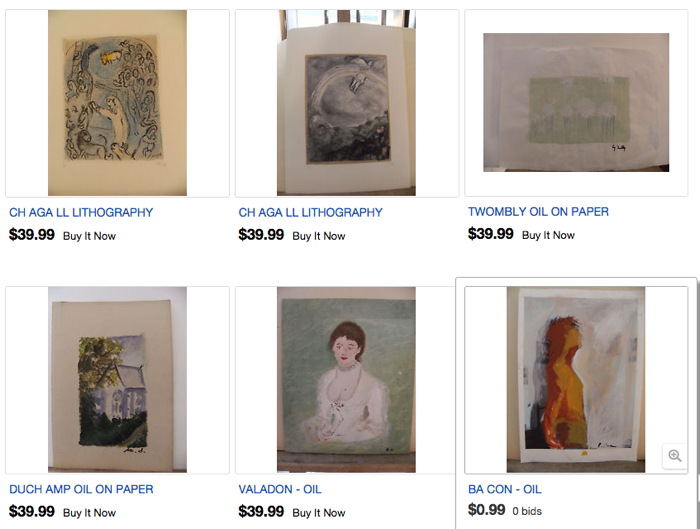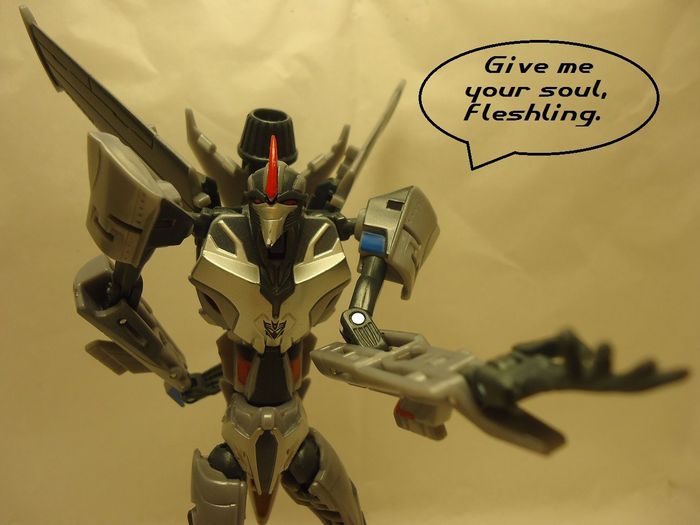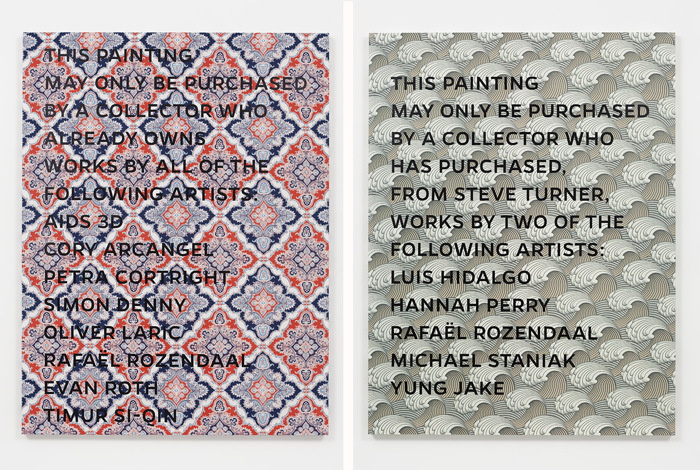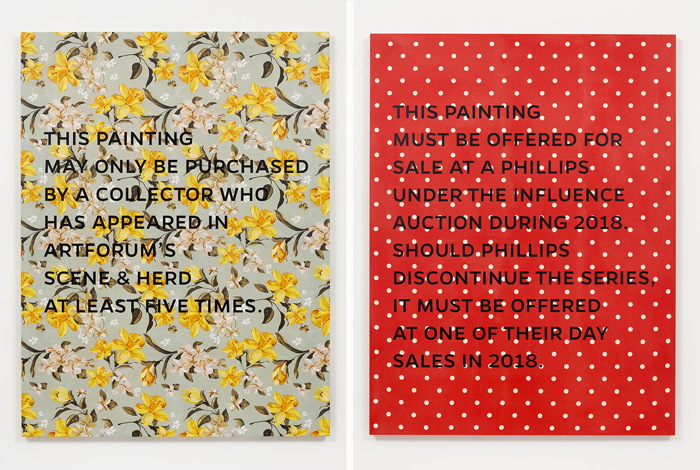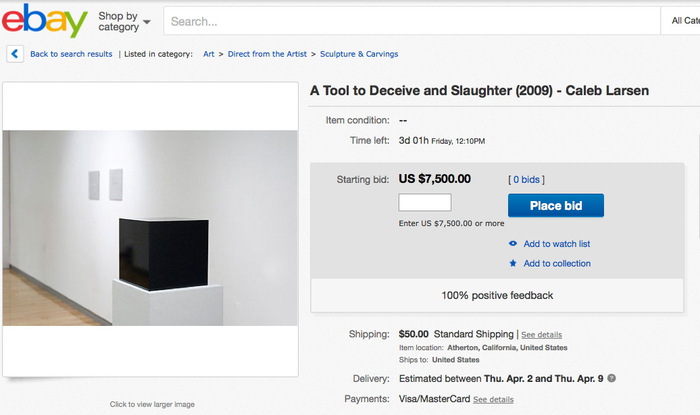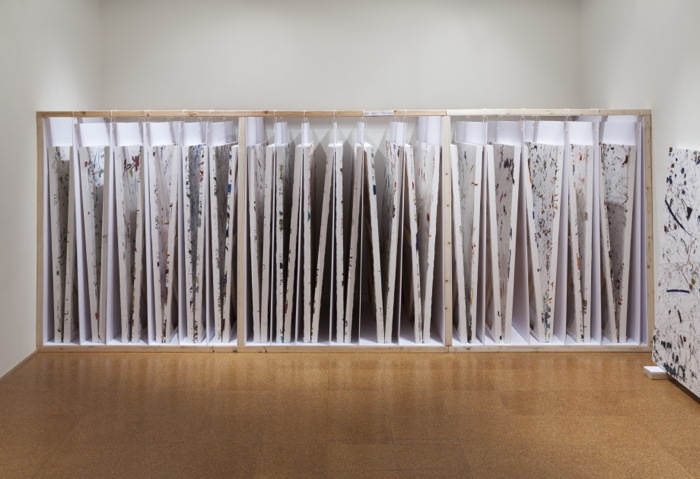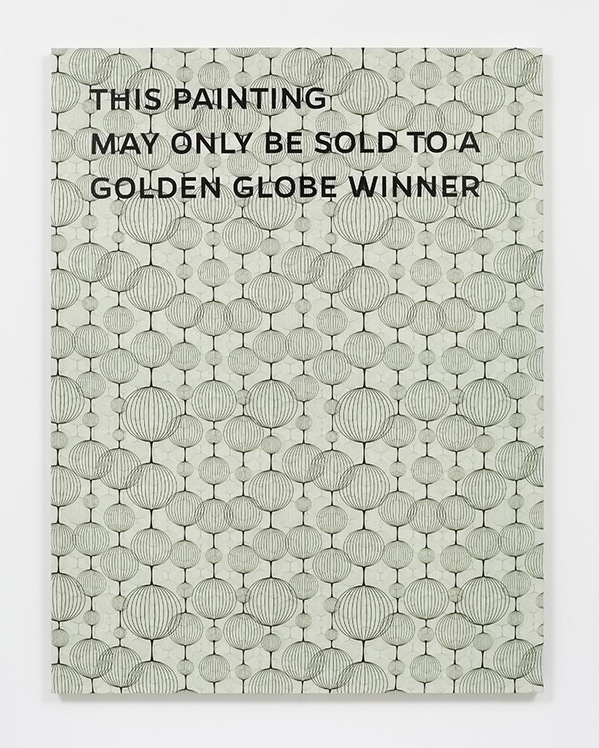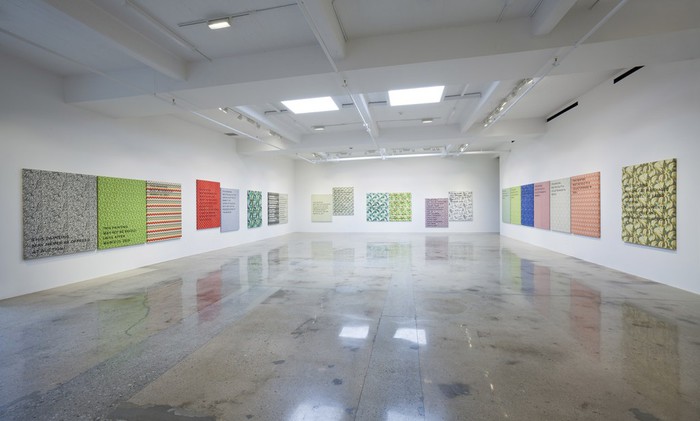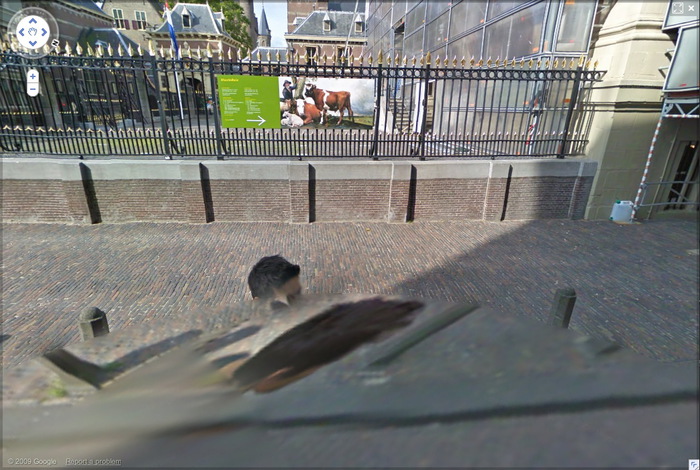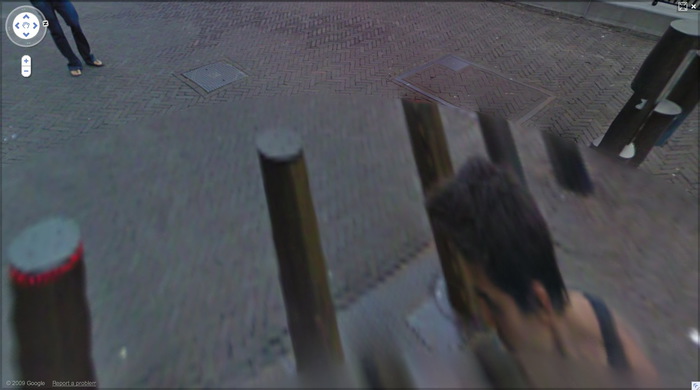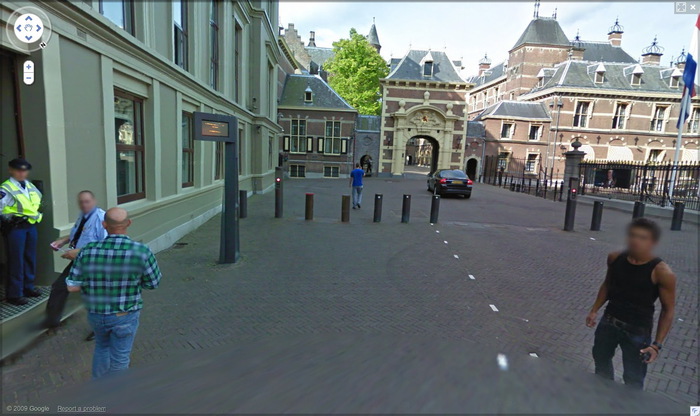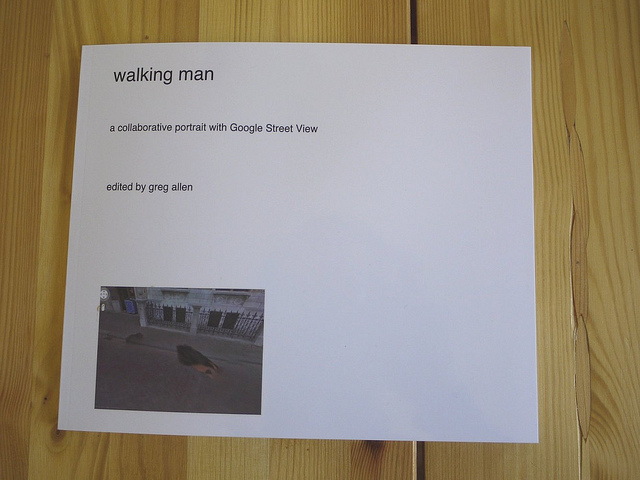While I knew the basics of its origins, I did not know that qur’an means “recitation.” From Oxford Islamic Studies:
Most members of the early Islamic community, including Muhammad, were illiterate. The new scripture was known as the qur’an (recitation) because believers learned it by listening to public readings and recitations. Many of Muhammad’s followers committed the passages to memory. But the Prophet also commissioned many scribes to preserve the messages in writing. They recorded the words on a variety of available materials, including paper, stones, palm leaves, and pieces of leather.
…
By the time of Muhammad’s death, several of his followers had memorized the entire Qur’an. Many of them, however, were killed in battle. Fearing that knowledge of the Qur’an might be lost, the leaders of the Islamic community decided to collect all the revelations, from both written and oral sources, and to compile an official version of the sacred text.
I was looking this up because several religious traditions include the public reading of sacred texts. When Okwui Enwezor introduced the concept behind the public reading of Karl Marx’s Das Kapital at the Venice Biennale, he chose Sikhism:
Taking the concept of the Sikh event, the Akhand Path (a recitation of the Sikh holy book read continuously over several days by a relay of readers), Das Kapital will be read as a dramatic text by trained actors, directed by artist and filmmaker Isaac Julien, during the entire duration of this year Art Biennale.
This reading, Okwui explained, was the center of the center of the Biennale, and was inspired by the 1974 Biennale’s condemnation of the [US-backed] coup in Chile on Sept 11, 1973 and its oppressive aftermath:
The dedication of the program of events to Chile and against fascism remains one of the most explicit attempts, in recent memory, by which an exhibition of the stature of the Art Biennale not only responds to, but courageously steps forward to share the historical stage with the political and social contexts of its time. It goes without saying that, in view of the current turmoil around the world, that the Biennale’s Eventi del 1974 has been a curatorial inspiration.”
“In response to this remarkable episode and the rich documentation it generated, the 56th International Art Exhibition: All the World’s Futures, will introduce the ARENA, an active space dedicated to continuous live programming across disciplines and located within the Central Pavilion in the Giardini. The linchpin of this program will be the epic live reading of all three volumes of Karl Marx’s Das Kapital (Capital). Here, Das Kapital will serve as a kind of Oratorio that will be continuously read live, throughout the exhibition’s seven months’ duration.”
“Designed by award-winning Ghanaian/British architect David Adjaye, the ARENA will serve as a gathering-place of the spoken word, the art of the song, recitals, film projections, and a forum for public discussions.
And so the linchpin of the Biennale’s central programming space dedicated to the Biennale that courageously stepped forward to explicitly attempt to share the stage with the political and social context of the time is a religiously inspired recitation of a venerated text.
I had barely finished watching Enwezor say these words at the Biennale Press Preview when it was reported that Venetian government officials had ordered the Icelandic Pavilion to close immediately, because they disapproved of Christoph Büchel’s artwork, The Mosque. The full title is The Mosque: The First Mosque in the Historic City of Venice, but the website for The Mosque, which was created in collaboration with the Islamic Communities of Venice and Iceland, calls it Misericordia Mosque & Islamic Cultural Centre Venice, after the deconsecrated Catholic church Iceland rented for their pavilion.
The Mosque was contested before it opened, for the two weeks it was open, and for the several days it has been closed. Icelandic Art Center officials say the city kept changing the terms and throwing up successive obstacles beforehand, and were determined to shut it down. In the face of this resolve, it seems almost irrelevant to debate whatever pretexts were finally used. Büchel saw this coming when others did not. A sympathetic local law professor told the NYT:
Venice is without a doubt the most tolerant city in Italy and proud of it, and so I think it’s the wrong place to make this kind of statement.”
Mr. Büchel said he had seen little evidence of such tolerance in his dealings with the city over the mosque.
Similarly predictable and irrelevant: answering the moralistic scoldings and second-guessings of art world critics eager to disapprove of Büchel’s confrontational hyper-realities.
Büchel’s art didn’t float an argument or evoke a narrative; he made a real situation. The Mosque posed a non-hypothetical moral test, which politicians and pundits alike are lining up to spectacularly fail.
The worst failure of all, though, would be the Biennale itself. Would be, or already is. Eiríkur Thorláksson, the Chairman of the Icelandic Art Center, said:
Most disappointingly, the administration of La Biennale di Venezia, an institution within the City of Venice, has not supported this artistic endeavor in the way that would have been expected for an organization of its stature and proclaimed advocacy of contemporary art.
The Times reported that neither Enwezor nor Biennale president Paolo Barrata had made any public statements of support for Büchel or The Mosque, even though the Icelandic Pavilion is part of the official Biennale program.
If Biennale officials are indifferent, they are complicit in The Mosque‘s unjust and unwise censorship. If they are actively maneuvering to thwart The Mosque and keep it closed, they are betraying the very mission Enwezor announced for himself and his exhibition, and hollowing out its lofty pretensions. If they are constrained by some unseen political situations, they should call it out.
But what Enwezor could really do is embrace The Mosque, and make its successful realization the center of his Biennale. I don’t presume to know how to achieve this. My first impulse was to move The Mosque to the ARENA somehow. But the actual Venetian Muslims attending and operating The Mosque are not actors or props performing their prayers for an art world audience. They have autonomy. So ask them. Have Büchel ask. Maybe it’d work somehow. Or maybe the pavilion could reopen without the spectators. Why does The Mosque have to be a spectacle? The important thing now is that it’s there. And it is the political and social context of our time.
UPDATE: After I posted this, Cristina Ruiz from The Art Newspaper tweeted about another Venice Biennale work I’ve been thinking of, and which didn’t quite fit here: Gregor Schneider’s Venice Cube, a large, draped sculpture inspired by the Kaba’a, which was to be installed in the Piazza San Marco in 2005.
Gareth Harris’s July 2005 TAN article on its fate is very relevant [pdf via gregor-schneider.de], in that it details the political process by which Venice Cube was rejected. Harris reports that Rosa Martinez, the co-curator who commissioned Venice Cube, “was not permitted to argue her case directly with the city authorities and later with the Ministry of Culture”; these discussions were held by the Biennale president, then Davide Croff. Today the president is Paolo Baratta, whose decision, actions, inactions, and present silence shame the principles and the institution of the Biennale.

